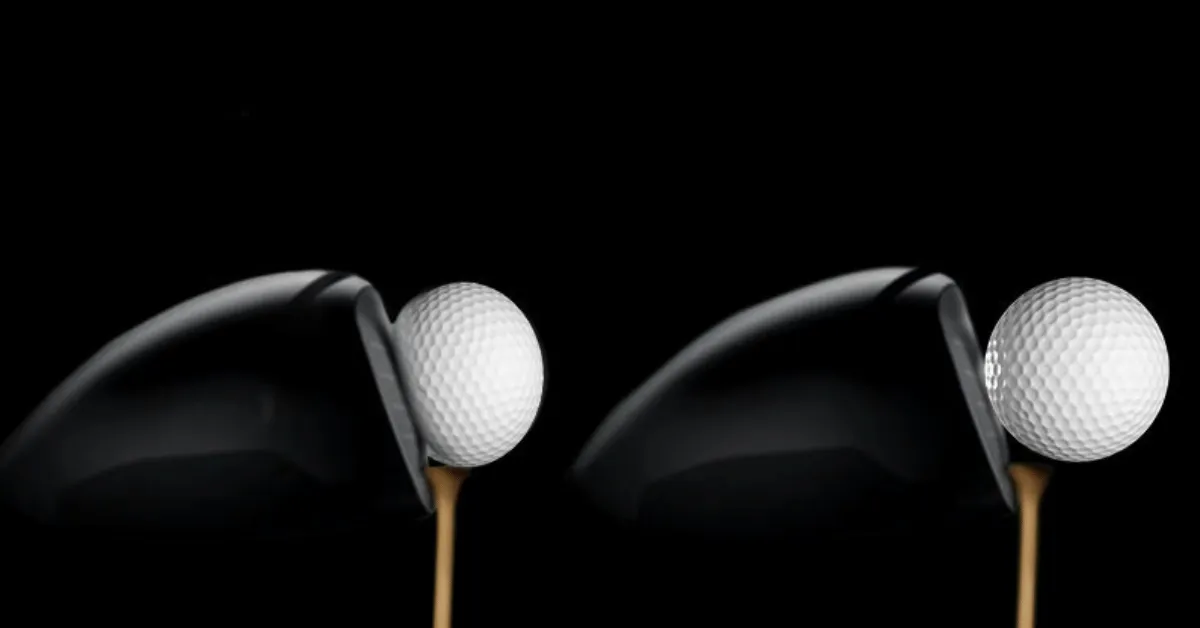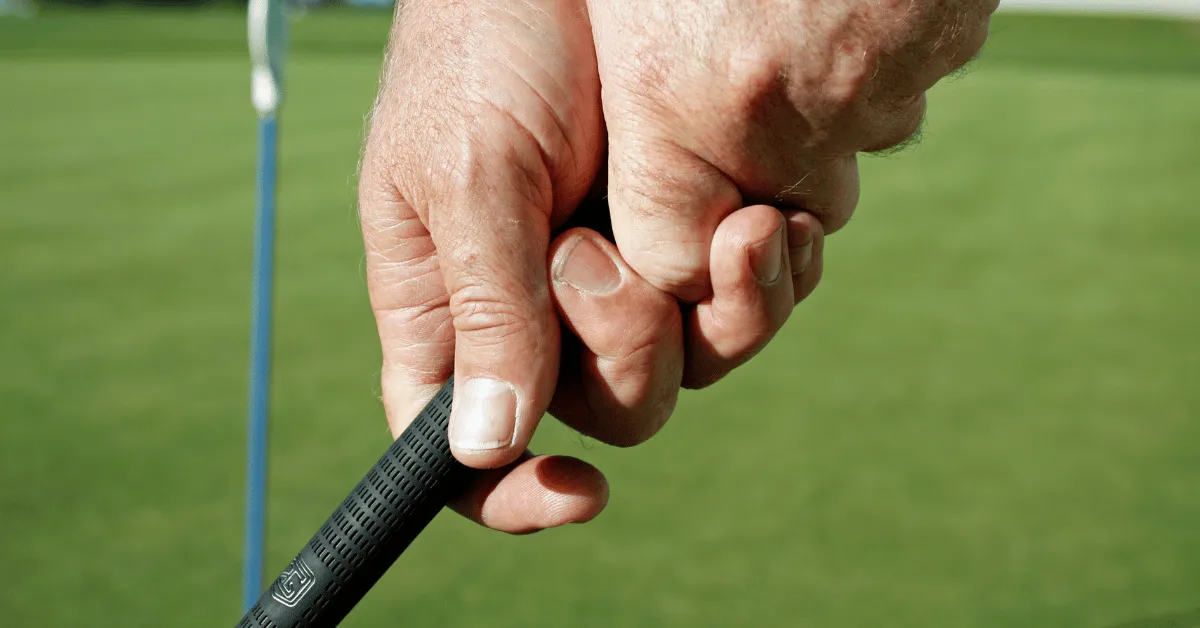Have you ever wondered why some players become outraged when they get a “bogey,” but others are satisfied?
This difference proves how complex the golf scoring system is. But for new players, getting a bogey might feel like a victory. But for pros, it is not that good.
Knowing your bogeys gives you a better perspective of your performance in golf and which aspects you need to focus on. For those with little knowledge about bogeys or aiming, it is essential to learn about this aspect.
As a keen enthusiast with some successes and failures, I have found that even a bogey is as much an index to ability and a means to improvement.
What is a Bogey?
A bogey in golf is a term used to describe a stroke making the score one over the hole’s par. For instance, applying 4 tries on a par-3 hole is a bogey. It is not the best score, but it is also not too bad for an inexperienced team.
Looking deeper into the word “bogey” in golf, one will find out that the word has an interesting history.
It originates from a famous British song of the 1890s called ‘The Bogey Man,’ from this slang golfers gave this imaginary ‘Bogey Man’ a meaning of the ideal scorer they tried to compete with. Thus, ‘bogey’ meant a good score at which the proficient players sought to arrive.
It evolved over the years as players became more skilled and courses became more challenging. Expert players adopted the new “Par” as the new standard. They realized the word “bogey” then started to mean one stroke over the new par standard they had set.
Therefore, while bogey was once the intended score, it is now construed as a rather par score by professional golfers, but not all that shabby a score by the rest of the players.
Bogey Golf Explained
Bogey golf implies getting a one-over-par average on each of the normally set holes. Let’s break it down with some examples:
- On a par-3 hole, a bogey would be 4 strokes.
- For a par-4, a bogey is 5 strokes.
- On a par-5, you’d score a bogey with 6 strokes.
Let me describe what it feels like to have a complete round at most traditional par-72 courses. If you got a bogey, a score of one over pars on each hole which is the worst possible score, then your total will be 90. That would be 18 over par for the whole course or one over for each hole.
When it comes to handicap, it is understood that bogey golfers are usually with a count of 17.5 to 22.
This is usually expressed as shooting between 89 and 94 on a par-72 course in golf, depending on the specific event. One important thing to remember is that handicaps are based on the proposed degree of difficulty.
A bogey or something close to this is considered a good score to many ordinary golf players; hence, this could be a good deal. So while it brings out a good measure of skill and quality it also demonstrates potential for improvement.
Why Bogey Happens?
Bogeys occur in pro players by one means or another, so it is not a big deal. Common causes include:
- Poor shot execution: A poor shot, shank, or wrong club selection.
- Bad course management: Performing risky actions or estimating distances inadequately.
- Challenging course conditions: Weather conditions such as wind, rain, or unfavorable rink pin situations.
- Mental errors: Yielding to pressure, or lack of concentration.
How to Overcome it?
To overcome bogeys and improve your scores:
- Practice consistently: Practice all over, especially the short game.
- Improve course management: It is crucial to exploit the odds in your favor and not to declare the odds that are not.
- Develop a pre-shot routine: This assists in keeping abreast and continuously on par with the changing environment.
- Learn from mistakes: Examine what went wrong and how it can be prevented.
- Stay mentally strong: Focus on the things within your control so as not to ruin the rest of the game due to a single poor hole.
- Use the right equipment: Make sure the clubs match your ability and own a perfect set of clubs that will complement your game.
- Take lessons: An experienced golf player on the field can assist in pointing out mistakes with the right techniques.
Bogeys are normal, even for the best players in the game, so there is no reason for you to get freaked out. Their occurrence has to be kept to the lowest possible levels while their impact in the event of their occurrence is managed.
Unlike professional golfers, the average jazz or casual golfer lowering bogey is a slow effort, a technique that requires rehearsal.
Get obsessed with incremental progress instead of the chase for near perfection, and your performance levels will start declining.
Conclusion
It is crucial to know what bogeys are to see how it all works in golf. Nevertheless, it is not the highest, but it also is not the lowest.
New players don’t need to worry if they frequently get bogeys, as this improves the game. This means you are getting closer to playing at par, which is ideal for many golfers.
Just let the player know that even professional golfers are not exempted from having what they call bogeys once in a while.
The important thing is to carry on practicing and attempt to get better. Don’t panic if you are making bogeys; instead, consider ‘bogeys’ as something that needs to be conquered.
If you keep on playing, those bogeys will turn to pars, then birdies may not be out of the question. New information is gathered every time on the golf course, and players improve.
Regardless of how long you have been playing golf, finding ways to improve on it is possible.
So, go ahead and swing, try, and have fun of turning into a better golfer. Who knows? With more time and frequent gaming, those bogeys could be a thing of the past.





0 Comments